Why Do We Need Energy?
Energy is very important to us because it allows us to keep living in a comfortable and modern way. It’s hard to imagine what modern life would be like without energy, which is needed for so many things like driving, lighting, heating/cooling, and building stuff.
Where does energy come from?
Primary sources of energy like fossil fuels and the sun are used to make electricity, which is a secondary source of energy. Our society depends on many different kinds of energy sources to function. People sometimes take energy for granted and don’t realize how important it is to their lives.
Fossil Fuels vs. Renewable Energy
Even though the world is making progress towards using more and more renewable energy sources like wind, hydro, and solar, about 80% of the energy used worldwide is still from fossil fuels. Fossil fuels like oil, coal, and gas are very “energy concentrated.” This means that a small amount of fossil fuel can give off a lot of energy. Despite the emergence of new technologies like electric cars, solar panels, and wind turbines, fossil fuels remain the most preferred option by the industry. Fossil fuels are reliable, easy to use, and historically cost-effective.
Why are traditional energy sources like fossil fuels dominating green energy sources like hydropower, solar, wind, and geothermal energy?
As global energy demand is rising, it’s clear that green energy sources are not able to even remotely replace fossil fuels. This is due to the several disadvantages of current green energy technologies. For example, solar energy depends on the availability of the sun; wind energy depends on how fast the wind is blowing; and hydropower needs to be placed near sources of water.
Fossil fuels are still the most popular way to get energy. This shows that they are competitive in a number of ways. We have to keep in mind that almost everything we do every day takes energy. Energy is needed to turn on the light, heat or cool your home, take a shower, browse the internet, cook food, drive, and make almost any product. Price, ease of use, and scalability play a big role in how popular each energy source is, as do other factors like environmental impact and safety.
The Negative Side Effects of Energy Consumption
While society largely depends on energy consumption, irresponsible energy use can result in a variety of negative impacts on the environment, people’s health, and life on the planet as a whole. Some of the obvious negative side effects of energy dependency are the depletion of natural resources that are needed for future generations and pollution of the air and water. The unfortunate reality is that virtually every energy source generates some form of pollution — whether radioactive nuclear waste, toxic industrial chemicals, CO2 emissions, waste products, ecosystem destruction, heat waves, or sound waves. For example, fossil fuels and coal create CO2 emissions from utilization. Nuclear power plants, while not emitting CO2, produce toxic nuclear waste that requires careful storage.
As global demand for energy is steeply projected to rise, energy management has become a strategic question for all nations. It is important for any society to find a reliable and cost-effective way to access, transport, store, change, use, and dispose of energy.
Understanding The Global Energy Infrastructure
There are several energy sources, including oil, natural gas, coal, nuclear, wind, hydropower, modern biofuels, solar, and traditional biomass, each of which has its unique characteristics.
Energy consumption is measured by industry, including manufacturing, mining, construction, and agriculture.
Finally, energy consumption can be categorized by its use cases; transportation, electricity, and heating/cooling.
We’ll break down global energy demand by type of energy (source), consumption by sector (industry), and how energy is used by consumers (use case).
Energy Consumption: Energy Sources in America
Each energy source is a different way to use and consume energy, and each source is measured in a different way. For instance, electricity volume is measured in kilowatt-hours, natural gas in cubic feet, coal in short tons, and liquid fuels in barrels or gallons.
This section will demonstrate how the total amount of energy consumption in America is split up by source. Energy sources include oil, natural gas, coal, nuclear power, wind, hydropower, modern biofuels, solar, and traditional biomass. The numbers are based on the EIA (Energy Information Administration) 2022 report about US energy distribution.
Oil (36%)

Oil, the biggest fossil fuel, represents a whopping 36% of global energy consumption. Oil is made out of ancient leftovers of compressed plants and animals (crude oil) which are then processed into petroleum and burned to create oil energy. The process generates steam, which powers a turbine and generator to produce energy.
We use petroleum fuels to power automobiles, heat buildings, and generate energy like electricity. However, oils also have a broad range of commercial and industrial uses. For example, transportation fuels of various kinds, heating and power production, asphalt, and road oil are some of the most noticeable petroleum products. The petrochemical business in the industrial sector also utilizes petroleum as a raw resource to produce plastics, polyurethane, solvents, and hundreds of other intermediate and end-user commodities. Several common household goods, including chewing gum, athletic equipment, lipsticks, dentures, toothpaste, perfume and cologne, guitar strings, and deodorants, are manufactured using oil.
As you can see, oil has tons of use cases and industrial applications. There are many advantages. For example, it can be used to create a large quantity of energy from a single facility/location. In addition, fossil fuels like crude oil can be discovered fairly readily. They are cost-effective. Pipes make it easy to transport oil from one place to another across large distances. These pipelines are not foolproof, but they have gotten safer over time. While oil is a limited resource, it is abundant with Russia, USA, and Saudi Arabia as the world’s top three oil producers.
However, the problems with oil cannot be overlooked, particularly as it relates to the pollution of air, water, and soil, as well as its eventual depletion. For now, the world economy heavily depends on oil as an energy source, however, this is slowly beginning to change as oil is becoming more scarce and therefore costly.
Natural Gas (32%)
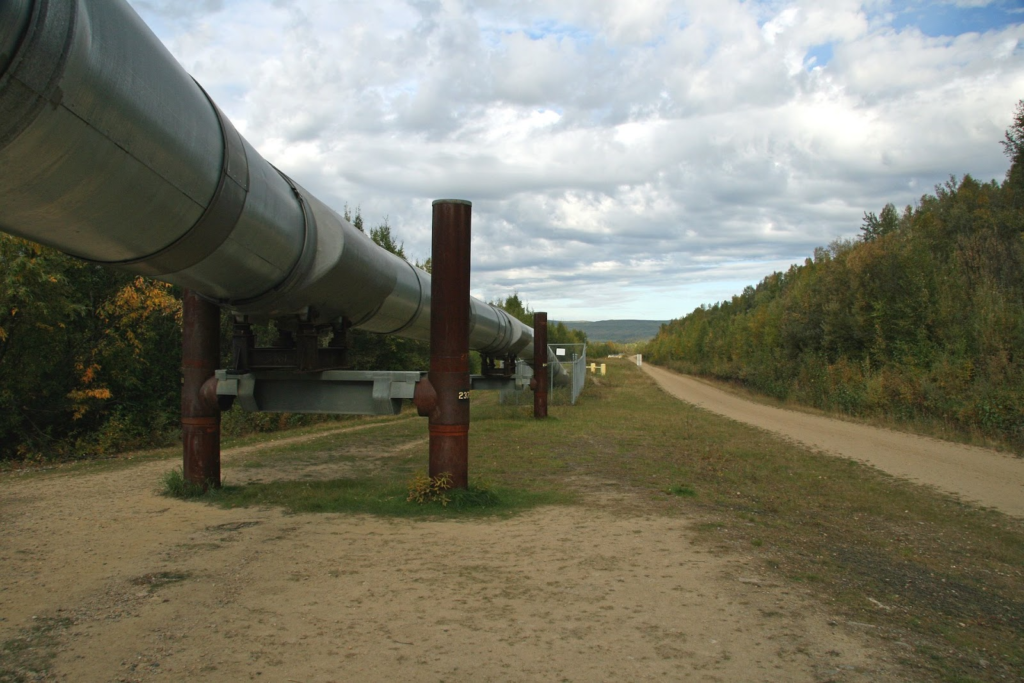
Natural gas is an example of a fossil fuel. Similar to coal and oil, natural gas originates from plants, animals, and microbes that existed millions of years ago. It serves as a raw material for some industrial compounds, as a fuel for power plants, and as a source of energy for heating households and businesses. In addition to fueling several industrial processes that generate materials and items ranging from glass to textiles, it is an essential component of paints and plastics.
However, natural gas is highly flammable and toxic in nature, requiring a high level of safety precautions. In addition, natural gas also emits CO2 into the atmosphere, contributing to global warming. For these reasons, it is not a renewable source of energy.
Still, it makes up an impressive 32% of all energy use, which is about a third. This makes it an important link in meeting global energy demand. Natural gas has several advantages. It is cheaper to use than all other fossil fuels, including when it is used to make electricity. Plus, there is a great supply of natural gas. The vast majority of professional cooks favor natural gas for cooking. Natural gas dries clothing in about half the time, at half the cost, and with fewer wrinkles than electricity. Overall, the large supply of natural gas, the fact that it is cheaper than other fossil fuels, and so effective at temperature regulation and electricity generation, make it so popular.
Coal (11%)

In America, coal is primarily used to generate electricity. Coal-fired power stations produce electricity by burning coal to create steam, which then rotates turbines (machines for producing rotational mechanical power). Other uses of coal include the production of cement, paper, aluminum, steel, and fertilizers.
Due to its energy-dense properties and widespread accessibility, coal is a quite popular energy source compared to the other fossil fuels in its class, coming in at 11%.
However, there are several negative side effects of coal as an energy source. In fact, excessive coal use can result in deforestation, the release of large amounts of toxic materials into the soil and water, and releases methane from coal mines, which is 20 times more strong than carbon dioxide. In addition, coal is quickly becoming depleted due to its rampant overuse.
Overall, a formidable short-term power source but becoming increasingly more difficult to source.
Nuclear (8%)
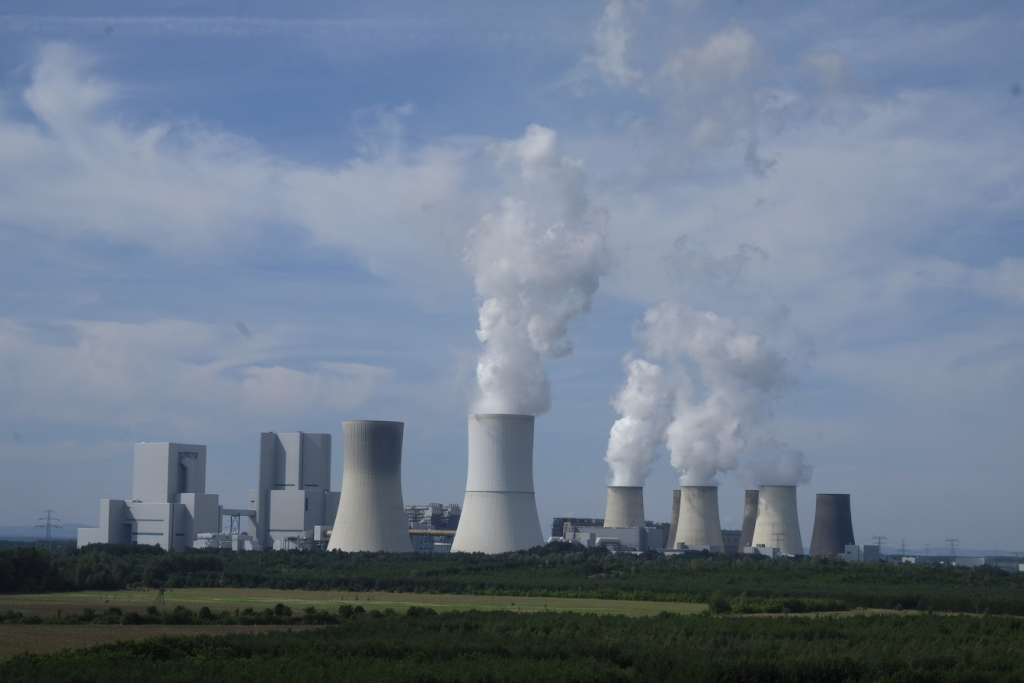
As the emissions-free workhorse of our electricity infrastructure, nuclear energy provides several benefits. For instance, it does not depend nearly as much on other energy sources to function, enabling autonomous usage. The advantages of nuclear energy extend well beyond the production of carbon-free power. Nuclear energy fuels industries like space exploration, is used to sterilize medical equipment, provides drinkable water via desalination, offers radioisotopes for cancer therapy, and may be used for industrial heating, among many other applications. Despite the benefits of nuclear power, this energy source only accounts for roughly 8% of global energy consumption.
For one, nuclear energy requires significant know-how and infrastructure due to its radioactive and toxic nature. Nuclear energy employs uranium, which is a naturally unstable material, in the nuclear fission reaction process. Nuclear power plants create nuclear toxic waste, pollute water, and even pose a national risk if mismanaged. Overall, maintaining nuclear power plants is a costly and risky, yet often rewarding affair, and most nations find this power source difficult to harness and maintain.
Wind (3.5%)
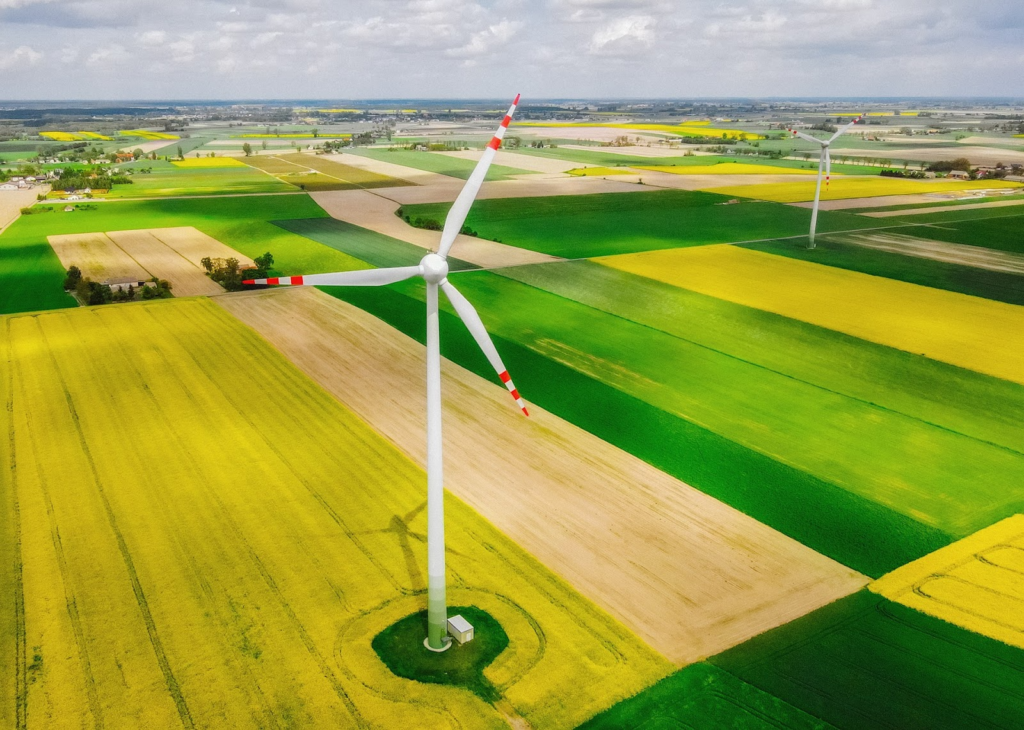
Sitting at 3.5% of global energy consumption, wind energy is the most widely used renewable energy source in the United States, albeit only by a small margin. Wind energy is used to generate electricity. Similar to windmills, wind turbines are positioned atop a tower to maximize energy harvest. At heights more than 100 feet (30 meters), they may benefit from faster and less turbulent airflow.
According to windpower.org, wind power is the greatest renewable source of energy production in the United States, contributing 10.2% of the nation’s electricity and rising. Overall, wind energy is simple to implement, sustainable, and has far fewer negative environmental consequences than burning fossil fuels.
However, despite its benefits, the greatest problem with wind power is that it depends entirely on the wind, making it far less feasible in many areas. Also, wind turbines are renowned for killing birds, producing unpleasant noises, and altering the landscape and scenery in a bad way.
To summarize, wind energy is one of the cleanest forms of energy and is easy to install. To date, wind energy generates more power than any other renewable energy source like solar and hydro, placing it at the top of the list of green energy sources.
Hydropower (2.5%)
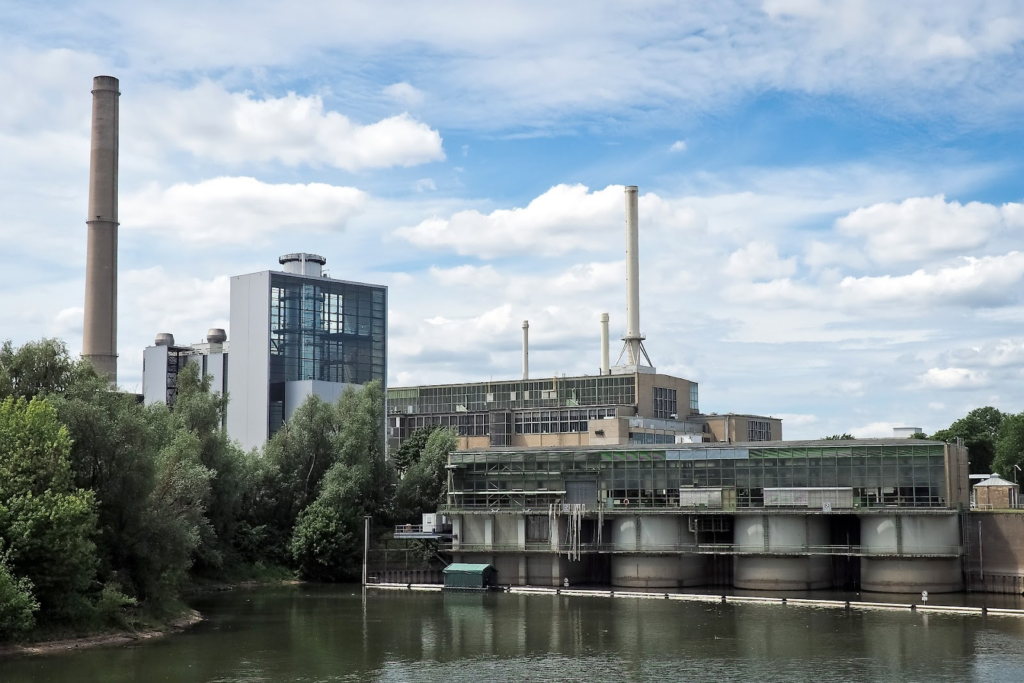
Hydropower is one of the oldest forms of renewable energy. It uses the movement of water to make electricity. Hydropower is a clean source of energy that can power homes, businesses, and factories. It is better for the environment than fossil fuels, but it is hard to use on a large scale for a number of reasons.
The benefits of hydropower include the fact that it does not depend on seasonality because it is available year-round. Hydropower is also a renewable and clean source of energy, causing less environmental damage and pollution. Finally, once the facility is actually built, the operational costs are fairly low.
On the downside, large hydropower facilities have high installation costs due to the need for civil construction activities such as the construction of dams, tunnels, and other related infrastructure, as well as electricity-generating machinery. Since hydropower is a location-dependent technology, these expenses may be kept to a minimum with careful forethought during the design phase. Hydroelectric facilities may or may not make use of dams to harness water. While hydropower does not pollute the environment with toxins, it may cause environmental impacts like reductions in water levels, affecting land use, homes, and natural habitats. In some cases, it is reported that hydropower could have an adverse effect on water quality.
Due to the limited number of reservoirs available for hydropower, the high cost of building hydropower stations, and the ecological impacts, this source of energy is limited to only 2.5% of global consumption.
Modern Biofuels (2.5%)

Examples of modern bioenergy include: Liquid biofuels made from bagasse and other plants, bio-refineries, biogas made from anaerobic digestion of leftovers, wood pellet heating systems, and other technologies. Wood, biogas, biodiesel, ethanol, methanol, and butanol are the five most common forms of biofuel. Biofuels, in contrast to fossil fuels, are made from renewable feedstocks rather than finite ones. In other words, modern biofuels are energy created in a laboratory or artificial environment. Thus, in principle, their manufacture and usage might continue endlessly.
Biobutanol has the highest potential of any biofuel. No modifications are necessary to use it in place of regular gasoline. Burning it releases fewer greenhouse emissions than gasoline does – a definite plus. Like other forms of biofuels, biobutanol comes from microorganisms and plants, which means it can be produced at scale. Overall, biofuels are definitely a growing fuel source with lots of future potential.
However, currently, it only represents 2.5% of global consumption of energy. It is renewable in the sense that it can be produced essentially without limits. However, the major problem with biofuels is that it requires harvesting large quantities of a few crops that are affected by weather conditions.
Solar (2%)

Solar energy is a renewable source of energy that accounts for 2% of global energy consumption. Using the sun’s rays as fuel, solar panels create electricity in cells made of semiconductive material, often silicon. Solar panels are designed to function in any environment, however, not all roofs are good candidates for solar installations due to factors like sun exposure, age, or tree cover. Overlying shadows from nearby trees might be a problem if you want to use the space for solar energy.
Using the natural energy of the sun has several advantages; namely that it is clean and readily available wherever there is abundant sunlight. Solar is a clean and renewable source of energy because of the infinite supply of the sun and the zero environmental emissions of solar panels.
However, solar panels create a large number of waste materials which could have severe environmental impacts, in addition to being costly to implement. Finally, since energy production depends on sunlight, the spike in energy demand in the evening, when people get home after work, poses a significant challenge to solar energy as a primary source of electricity. In the future, improved storage capacity by means of lithium batteries will make solar panels more viable.
Traditional Biomass (1%)

Traditional biomass is organic matter found in nature, like wood, that can be used as a source for generating heat energy by burning. In the modern day, burning wood fuels, agricultural byproducts, and manure for cooking and heating constitute traditional biomass.
This energy source is readily accessible in most regions of the world and plays a significant role in meeting the energy needs of nearly two billion people in developing nations. Plants, wood, and garbage are the most frequent biomass resources utilized for energy production. This is referred to as biomass feedstocks.
Biomass is organic material that is renewable and derived from plants and animals. Until the mid-1800s, biomass constituted the greatest contributor to the yearly energy consumption of the United States. Biomass is an essential fuel source in many nations, particularly for cooking and heating in underdeveloped nations.
However, the major downside of traditional biomass is its lack of industrial application and pollution.
Energy Demand by Industry (2022)
In this section, we will analyze how much energy is consumed in America by industry, according to the EIA. This measures the total energy consumed by each industry, including energy used for electricity, heating, raw materials, and other industrial processes. We will group the industries into four categories: manufacturing, mining, construction, and agriculture.
Manufacturing (81%)

The manufacturing industry accounts for 81% of all global energy consumption – the largest portion by far. This is to be expected because manufacturing requires lots of energy input.
Electricity, coal, and high-tech petroleum products are the most widely distributed kinds of energy that manufacturers use. The world relies on them to power its factories, farms, roads, and shops. All sectors of the manufacturing industry rely on natural gas and electricity, the two most widely available forms of energy.
There are several energy applications in the industrial sector. Process heating, a common method used to increase the temperature of components used in production, is one of the most common applications. One such process is the refining of crude oil, whereby different oils are separated by the use of heat. Heating a boiler to produce steam or hot water is another typical industrial energy usage.
Only a few sectors within manufacturing use a disproportionate amount of industrial energy. The chemical industry is a close second to the petroleum refining industry as a consumer of industrial energy, mainly due to the fact that they are intermediaries in the energy chain. Together, those sectors and the paper and metal industries use over 80% of all electricity used in manufacturing.
Mining (10%)
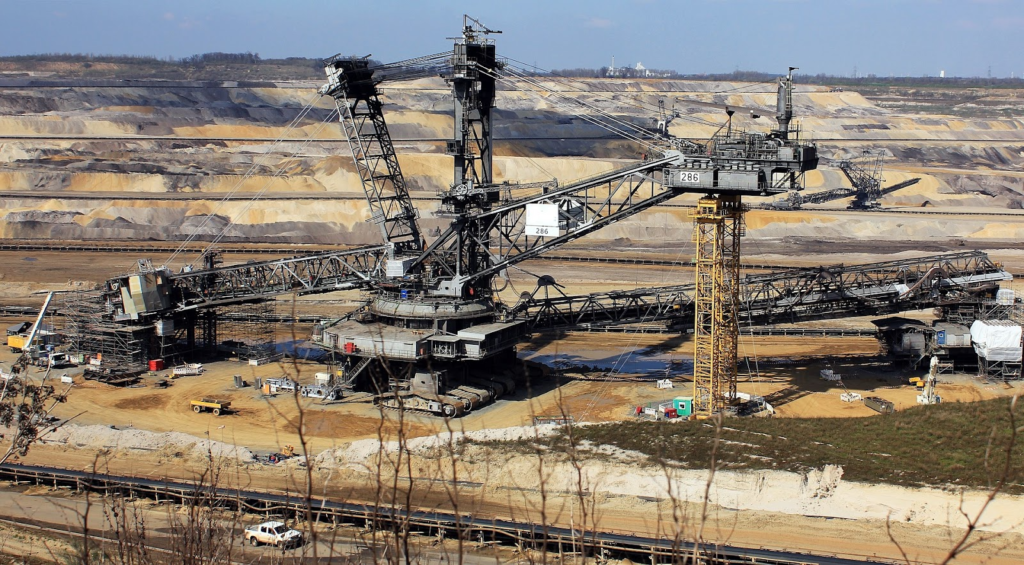
In second place, the mining industry consumes roughly 10% of global energy consumption. This shouldn’t come as a surprise because mining is a rigorous and labor-intensive process. In fact, mining uses enormous quantities of energy. Comminution (crushing and grinding) accounts for at least forty percent of overall energy consumption in mining and mineral processing.
From discovery through operation, the mining process is extremely energy-intensive. It has a substantial influence on the environment due to land-use change. Mining requires a great deal of energy (both electricity and diesel fuel) due to the sheer amount of labor and excavation involved. The soil is blasted apart using explosives, releasing millions of tons of ore that must be crushed and pulverized into smaller pieces.
Construction (6%)

The construction industry comes in at 6% of all global energy consumption. While it is a known fact that buildings and structures consume a lot of energy on electricity and heating, the construction process itself is also significantly energy-demanding.
It is typical for building projects to allocate roughly 6% of their total budget to energy costs. While energy expenses vary significantly by project, one thing is certain: as fuel prices rise, so do construction costs and materials. Transportation, operation of heavy equipment and machinery, and use of building materials like asphalt are all energy-intensive processes. Fortunately, modern designs and building methods cut energy use for heating, cooling, ventilation, and lighting once the building is actually built.
Agriculture (3%)

The modern agriculture industry relies heavily on fossil fuels. For example, heavy agricultural equipment, food processing, refrigeration during transportation, packaging materials, and the production and delivery of chemical inputs like fertilizers, pesticides, insecticides, fungicides, and herbicides all need substantial quantities of fossil fuel.
Spending energy to cultivate crops may be a very advantageous approach since some common crops can also be used to create other various sources of energy like ethanol, completing the cycle. Specifically, maize, sugarcane, and switchgrass can all be used to produce ethanol. Overall, despite the fact that the agriculture industry heavily depends on energy consumption, it only accounts for 3% of total global energy usage.
Energy Consumption By Use Case
In the previous sections, we analyzed global energy consumption by source and by industry. Whereas this has given a good picture from the producer’s perspective, now it’s time to look at energy consumption from the consumer’s end. By analyzing energy consumption by use case, we will be able to understand how people actually use energy in daily life and how an energy shortage may directly affect our lives.
There are three major uses of energy: heating/cooling, transportation, and electricity. Which of the three do you think consumes the largest amount of energy?
Heating/Cooling (50%)

It may be a surprise for you to learn that a whopping 50% of global energy usage goes directly toward heating and cooling. However, this is understandable given the fact that your residential heating, ventilation, and air conditioning (HVAC) system uses the most energy of any single appliance or system, about 46% of the average U.S. home’s total energy use. This is because it is the main source of comfort when the weather is very hot or cold. A typical central HVAC unit uses about 3500 watts and runs two to three times an hour for 10 to 15 minutes. Depending on how efficient your unit is, your HVAC can use between 28 and 63 kWh in 24 hours, or 850 to 1,950 kWh in the span of a month.
Transportation (30%)

Transportation operations are large energy consumers, providing people and cargo with mobility and accounting for approximately 30% of America’s petroleum consumption. The transportation industry encompasses a variety of modalities, including private automobiles and heavy trucks, buses, trains, aircraft, freight trains, ships and barges, and pipelines.
Transportation is undergoing a revolution that is primarily characterized by three trends: electrification, shared mobility, and automation. Widespread integration of electric cars into the energy system is anticipated to have substantial systemic effects, switching the energy source from fossil fuels to electricity. However, since electricity is a secondary energy source and relies heavily on fossil fuels for generation, this does not necessarily imply a reduction in overall energy consumption.
Electricity (20%)

Electricity accounts for one-fifth or 20% of global energy use. To put it simply, electricity is the transfer of electrical charge or power. Electricity is considered to be a secondary source of energy because it is generated by using other sources such as coal, natural gas, oil, nuclear power, and renewables. In 2020, the majority of America’s electricity came from natural gas, nuclear power, and coal, according to the U.S. Energy Information Administration.
Alternate energy sources including wind, hydropower, solar power, biomass, wind, and geothermal are also used to generate electricity, albeit in lesser quantities. Electric cars, lighting, fans, and home equipment like electric ranges, air conditioners, and more all rely on electricity. Large machinery in manufacturing industries is also powered by electricity. Food, clothing, paper, and many more necessities are all made possible by the use of electricity. Electricity enters our homes and businesses practically from the moment we wake up to the moment we switch off the lights and go to sleep.
In Conclusion
Growing global energy demand is placing a tremendous strain on energy resources as supply struggles to keep up.
Currently, fossil fuels still represent the greatest source by far when it comes to energy consumption on all levels of the supply chain, due to their undeniable economic viability, diverse use cases, and ease of access and transportation. As the world tries to shift to more renewable sources, it is clear that unless there are major breakthroughs in green energy technologies, fossil fuels will still remain the primary means of meeting society’s energy demand in the foreseeable future. We all face the risk of fossil fuel being phased out too quickly, before renewable energy is able to effectively take its place.
Since energy is so important to all of us — read about the very serious and escalating global energy crisis that the world is experiencing right now.





